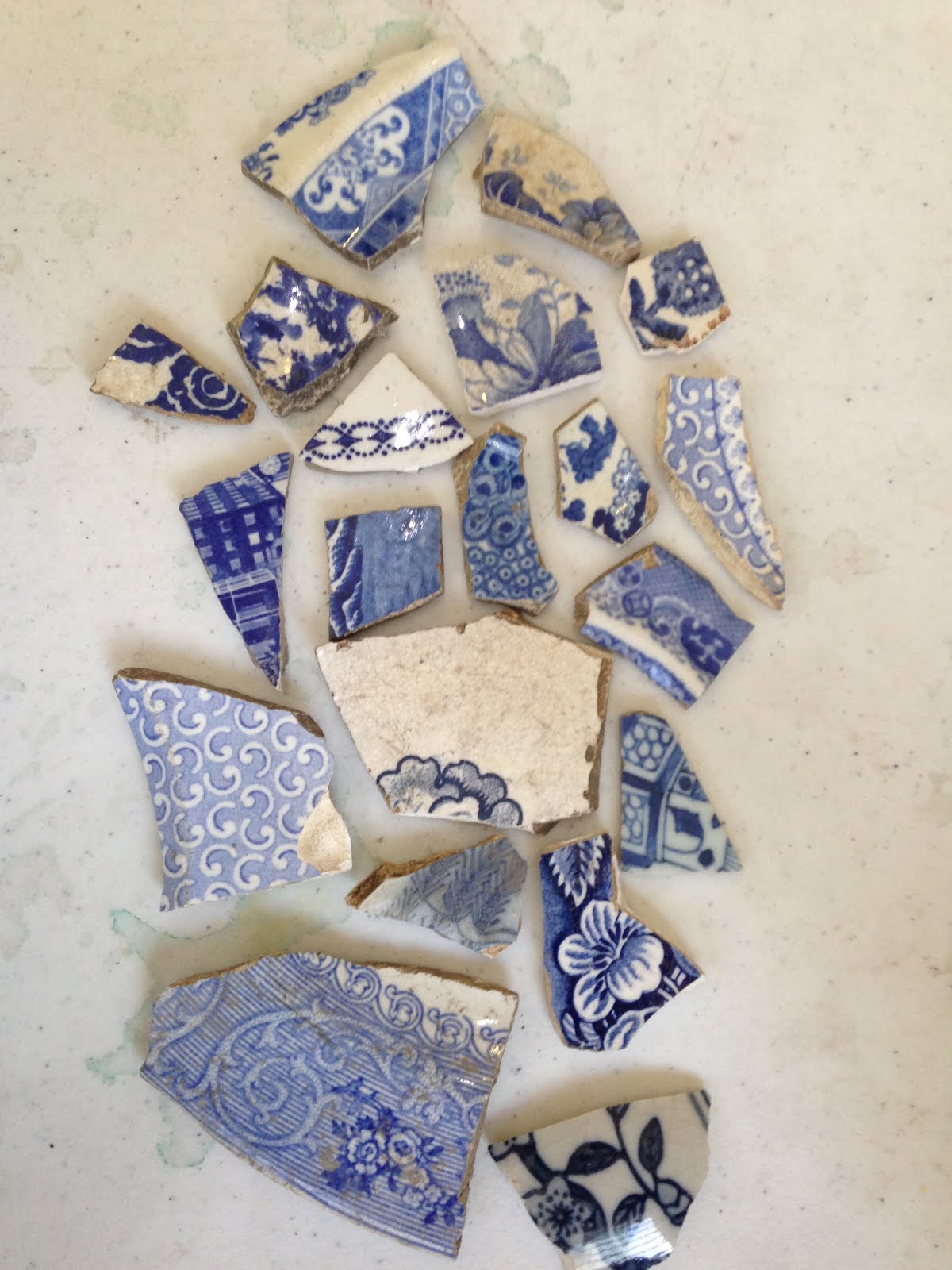Soooo I have moved into my new studio. I need to clarify that it is not as if I had a previous studio before so that it's not new in this way. I had to surrender my studio space at home as the family expanded. It is neither new in the sense of a new building because if you have been following my documentary project "The House That FREEDOM Built" this building is over 250 years old. It's new in the sense that it's new beginning for me and the fulfillment of a lifelong dream. It's my art lab. And currently internet free on purpose (except for my cell phone). And also at the moment without a computer, so far, so that I can focus on the production of art and keep distractions to a minimum.
I have begun working on two new projects: one, not so new and the other pretty fresh.


“CHANEY: stories from migrant fragments”
 During the 250 years of Danish colonization of the US Virgin Islands, people, products, memories, stories, cultures and languages were transferred and transformed. There are countless reminders of this process and that history in these islands. From the names of our towns after Danish royalty, the sugar mills in various stages of ruin that populate the hillsides to the “chaney” that continues to be found on many properties, often surfacing after a hard rainfall. A morphed version of both "china" and "money", “chaney” serves as a reminder of our colonial past and fragmented Caribbean identities.
During the 250 years of Danish colonization of the US Virgin Islands, people, products, memories, stories, cultures and languages were transferred and transformed. There are countless reminders of this process and that history in these islands. From the names of our towns after Danish royalty, the sugar mills in various stages of ruin that populate the hillsides to the “chaney” that continues to be found on many properties, often surfacing after a hard rainfall. A morphed version of both "china" and "money", “chaney” serves as a reminder of our colonial past and fragmented Caribbean identities.
These shards tell the visual stories of power and projection and how cultures saw each other and themselves in this vast transAtlantic narrative.
This work seeks to examine this past in a series of large scale paintings (4’x6’ +) works of oil on board that piece together images of collected chaney into one image. Similar to how we have reconstructed our histories, these paintings will be a symbolic gesture of restoration, a type of map that charts both the real and the imagined. I say this work is not so new because I have worked with images of these plates before in a previous work, "Collectible".
 In researching the patterns in chaney I have become fascinated with the "Willow Pattern" and this idea of these designs coming out of China and then being imitated by Europeans and Americans and then the Chinese later imitating the European and American imitation of themselves, and then how these images travel here to the Caribbean and represent a weird fragmented memory-fantasy and how when pieced together they can tell a new story of who we are as Caribbean people.
In researching the patterns in chaney I have become fascinated with the "Willow Pattern" and this idea of these designs coming out of China and then being imitated by Europeans and Americans and then the Chinese later imitating the European and American imitation of themselves, and then how these images travel here to the Caribbean and represent a weird fragmented memory-fantasy and how when pieced together they can tell a new story of who we are as Caribbean people.
I have also begun a new series of work that again deal with transforming a narrative. Starting off as drawings and hoping to evolve into a larger installation.
“Fortress: fire.burn.victoria”
One of the distinctive aspects of Crucian architecture is the fretwork, or “gingerbread” details found on the buildings. In Frederiksted after the 1878 Labor Riot or “Fireburn” much of the town was burnt and then rebuilt in the “Victorian” Era. The shapes and patterns of the “gingerbread” are reconfigured to form vernacular houses. These houses, also African and European influenced, form a distinctive “Danish West Indian” style. I see the imitation, translation and transformation of these patterns and designs as a part of a larger “reconstruction” narrative. Looking forward to seeing how it progresses.
La Vaughn Belle
PO Box 8513
St. Croix, Virgin Islands 00823
340-332-6236
www.lavaughnbelle.com



















